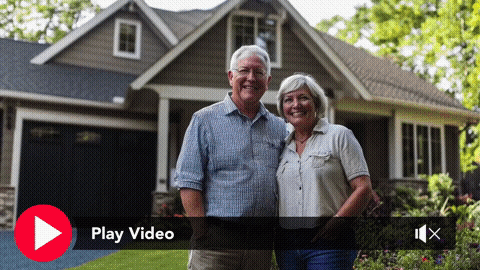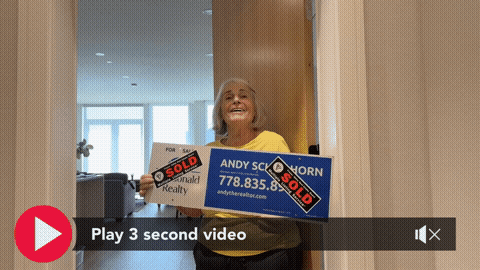Fire Alarm Smarts
Bjorn Rygg, Accredited Home Inspector • November 12, 2021

Smoke alarms are an important defense against injury or death in house fires. Here's what you need to know:
• As in real estate, location is key! Smoke alarms should be in installed every bedroom, outside every sleeping area, and on each level of the home.
• It's best to follow the manufacturer's instructions for placement, whether on the wall or ceiling. High, peaked ceilings have dead air space at the top; in these instances smoke alarms should be placed no closer than 3 feet from the highest point.
• There are two primary types of smoke alarm technology: ionization and photoelectric. According to the National Fire Protection Association, ionization alarms are more responsive to flames, while photoelectric alarms are more sensitive to smoldering fires. For the most comprehensive protection, both types or a combination unit should be installed.
• A common rule of thumb is to replace alarm batteries when changing to or from Daylight Saving Time in fall or spring. Many newer alarms have 10-year lithium batteries that eliminate the need for new batteries, but the unit itself must be replaced when the battery dies.
• If the alarms are hard-wired to the home's electrical system, make sure they are interconnected for maximum effectiveness – meaning that if one alarm is triggered, all of the others will sound as well.
• The newest type of interconnected smoke alarms are wireless. This technology allows detectors to communicate with one another and, like their hard-wired cousins, will sound all of the units even if just one is triggered initially.
Early alerting is key to surviving a fire. Following these simple but important measures allows occupants to be warned, helping to prevent injuries and fatalities.
If you have any further questions, feel free to contact me
Bjorn Rygg 604-532-0530

Thinking about selling your home? In this video, I break down the Six Seller Essentials you need to know before you list. These insights come from 30 years of helping families buy and sell across Langley and the Fraser Valley, and they’ll give you a real advantage in today’s market. 📅 Book a time with me https://rly.forsale/Chat-with-Andy 🏡 What you’ll learn today 1️⃣ Why today’s market is slower than it looks 2️⃣ How smart pricing attracts serious buyers 3️⃣ Why a single offer can reveal more than you expect 4️⃣ How timing can protect or erode your equity 5️⃣ Why experience matters even more in a slower market 6️⃣ How to build a plan that fits today’s conditions 🎅 You’re invited to Santa Photos in Fort Langley Join us at 9160 Church Street between 1 and 5. Families, friends, and pets welcome. All donations support LAPS. 📍 About me I’m Andy Schildhorn with Macdonald Realty. Your Langley and Fraser Valley Realtor. 30 years helping sellers make smart, confident decisions. ☎️ Let’s connect Book a meeting: https://rly.forsale/Chat-with-Andy






